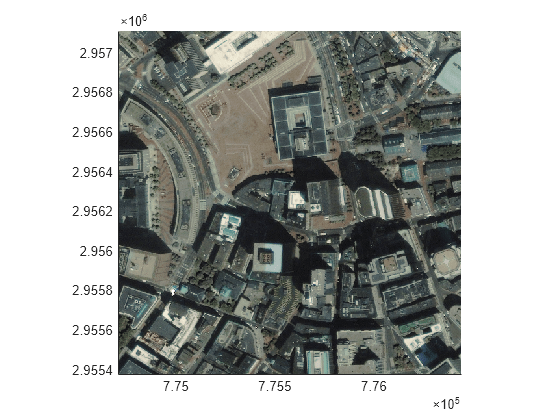cropToBlock
Description
RB = cropToBlock(RA,rowLimits,colLimits)blockedImage (Image Processing Toolbox)
objects.
Examples
Input Arguments
Output Arguments
Alternative Functionality
When the data fits in memory, you can read the data by using the readgeoraster
function, and then crop the data by using the geocrop or mapcrop function.
The geocrop function accepts limits in geographic coordinates as input.
The mapcrop function accepts limits in world coordinates as input.
Version History
Introduced in R2023b
See Also
Functions
georasterinfo|getBlock(Image Processing Toolbox) |geocrop|mapcrop|geographicToDiscrete|worldToDiscrete
Objects
blockedImage(Image Processing Toolbox)
Topics
- Image Coordinate Systems (Image Processing Toolbox)
- Crop and Mask Large GeoTIFF File Using Shapefile
